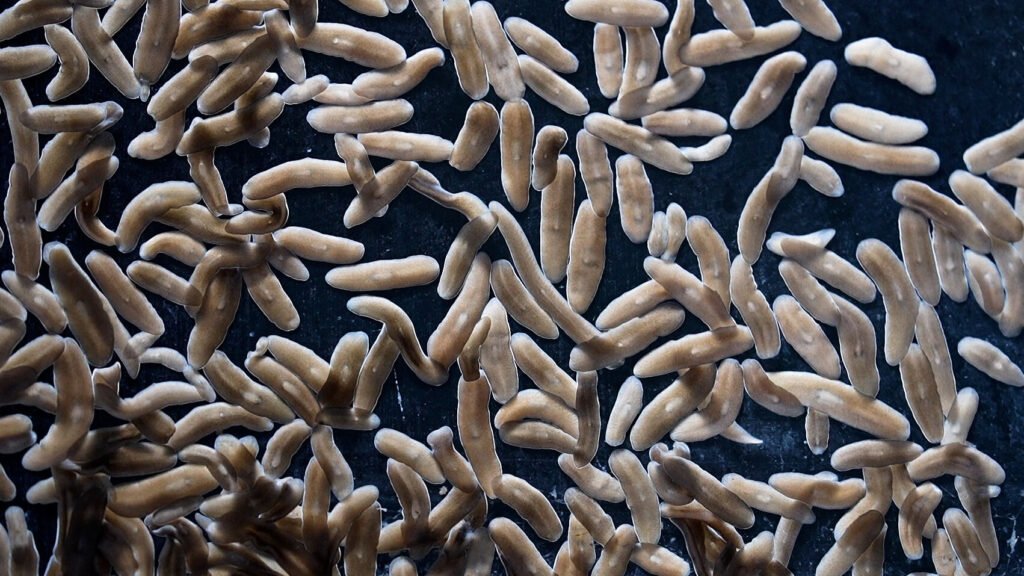Stem cells play a crucial role in the regeneration and repair of tissues in many organisms. However, recent research from the Stowers Institute for Medical Research has uncovered a fascinating discovery about planarian flatworms that challenges our understanding of how stem cells function. Unlike most organisms, planarian stem cells do not rely on signals from nearby cells in their environment. Instead, they respond to signals from farther away in the body, allowing them to regenerate body parts with exceptional efficiency.
The study, published in Cell Reports, was led by Postdoctoral Research Associate Frederick “Biff” Mann, Ph.D., and Stowers President and Chief Scientific Officer Alejandro Sánchez Alvarado, Ph.D. This research sheds light on the unique ability of planarian stem cells to act independently from their surroundings, offering insights into potential new ways to replace or repair tissues in humans.
In most organisms, stem cells are tightly regulated by surrounding cells in a specific location known as a niche. This niche controls when stem cells divide and what they become. However, planarian stem cells operate differently, allowing them to regenerate body parts with remarkable precision. This discovery challenges the traditional concept of a stem cell niche and opens up new possibilities for regenerative medicine.
One of the key findings of the study is that planarian stem cells have the unlimited potential to become any type of cell, unlike the restricted capabilities of stem cells in humans and other organisms. This flexibility allows planarian stem cells to regenerate tissues without the risk of uncontrolled cell growth, a common characteristic of cancer.
By using spatial transcriptomics technology, the researchers identified a unique cell type called hecatonoblasts, which play a surprising role in regulating stem cell behavior. Contrary to expectations, these cells do not control the fate of planarian stem cells. Instead, the strongest instructions come from intestinal cells located at a distance, providing crucial signals for regeneration.
The study also revealed that planarian stem cells are not bound by traditional niche interactions, allowing them to respond to both local and global signaling events. This dynamic environment enables planarian stem cells to achieve remarkable feats of regeneration, offering valuable insights into the potential of regenerative medicine for humans.
Overall, this research highlights the importance of understanding how stem cells interact with their environment to enhance the body’s natural healing abilities. By unraveling the complex signaling networks that regulate stem cell function, we may develop new treatments and regenerative therapies for a wide range of medical conditions in the future. The study opens up exciting possibilities for harnessing the regenerative power of stem cells to improve human health and well-being.


